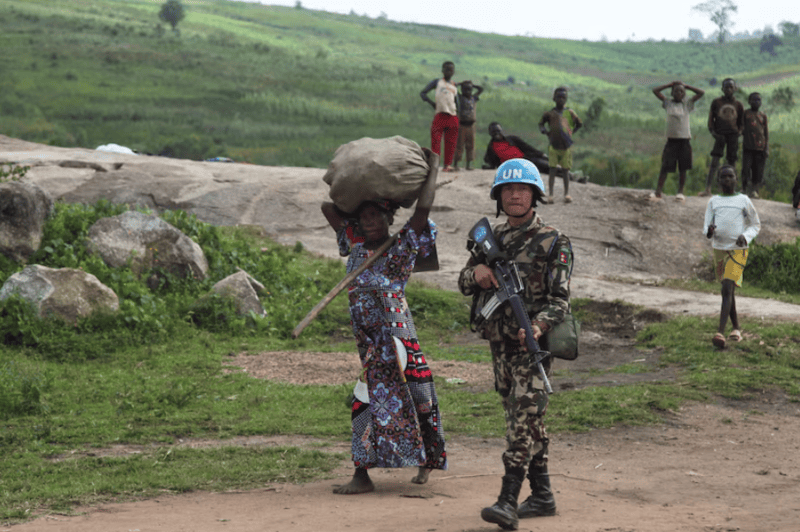Kenya making positive progress towards gender parity in refugee education

By Alfred Onyango |
In other words, a value less than one indicates a disparity in favour of boys/men, while a value greater than one indicates a disparity in favour of girls/women.
Kenya has made notable progress in its efforts to achieve gender parity in refugee education, five years after the 2030 Refugee Education Strategy was unveiled in 2019.
According to the 2024 refugee education report by the United Nations Refugee Agency (UNHCR), the country's primary refugee Gender Parity Index (GPI) has increased from 0.77 in 2019 to 0.82 by the end of 2023.
Keep reading
According to the agency, a GPI of (1) indicates that a country has achieved gender parity in access to education, whereas a value closer to (1) indicates that the country is closer to gender parity.
In other words, a value less than one indicates a disparity in favour of boys/men, while a value greater than one indicates a disparity in favour of girls/women.
"At the secondary level, we see much larger gaps in the achievement of gender parity, as none of the countries featured in the report have a GPI that is greater than 0.8. In Kenya, however, we do see improvements," the report reads.
"Kenya's refugee GPI for secondary education has increased from 0.46 to 0.67, indicating positive progress towards achieving parity."
Despite the progress, the agency is concerned about the quality of education offered in the surveyed countries.
"When refugees are in school, we need to ask if they are learning. There are indications that refugee learners can excel with the right opportunities. While few refugees sit for national examinations, their pass rates at all levels are high, at times exceeding the national average," the agency notes.
"In our reporting countries, 82 percent of refugee students who sat primary exams passed them in the academic year 2022 to 2023. The figures were 65 per cent and 68 per cent for lower secondary and upper secondary, respectively."
 Women wait in line to receive aid at the Kakuma refugee camp in northern Kenya. (Photo: Baz Ratner/Reuters)
Women wait in line to receive aid at the Kakuma refugee camp in northern Kenya. (Photo: Baz Ratner/Reuters)
"When looking at pass rates across years, we see consistently that refugee pass rates are high across both academic years, 2020/21 and 2022/2. Although we have begun to see some decreases," it adds in part.
The agency attributes the decrease mainly to the quality of teaching, saying that although there is not sufficient data to ascertain the proportion of teachers engaging with refugee learners who have acquired a minimum level of qualifications, the available data suggests that the proportions are not very high.
On average, for 13 reporting countries that provided data on the proportion of qualified teachers at the primary level, the figure for those engaging with refugee learners was 67 per cent.
A comparison to the national average proportion of teachers with the minimum required qualifications in primary education finds that the proportion of teachers with qualifications engaging with refugee learners can be lower.
For example, in Kenya, 42 per cent of primary teachers engaging with refugees have the minimum required qualifications, while the corresponding national average was 100 per cent in 2020.
It also notes that the pupil-to-teacher ratios in classrooms where refugees learn tend to be high, posing potential for refugees' learning experiences.
This is happening amidst the increasing number of refugees in the country, which is being cultivated by the ongoing political and humanitarian crises in Kenya's two main refugee-producing countries, Somalia and South Sudan.
The situation has necessitated the movement of more than 150,000 refugees into Kenya in just a year, according to the inaugural country-focused Welfare of Refugees and Host Communities report by the World Bank in conjunction with UNHCR.
It notes that Kenya hosted 774,370 refugees and asylum seekers as of May this year, a 26 per cent increase from 612,413 in the same period last year, equivalent to 161,957 individuals.
Reader comments
Follow Us and Stay Connected!
We'd love for you to join our community and stay updated with our latest stories and updates. Follow us on our social media channels and be part of the conversation!
Let's stay connected and keep the dialogue going!
















